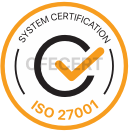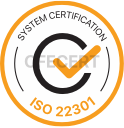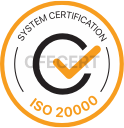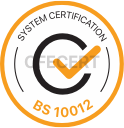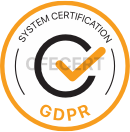COVID-19 Pandemic, forcing almost all daily office-goers to stay at home and work remotely, created a huge demand for increased data security. Organizations, big or small, are now facing a challenge to quickly adapt policies or protocols that may not exist.
Malicious cyber-attacks are increasing daily during the pandemic. From phishing e-mails supposedly coming from the government to card scams to fake calls from lawyers… everyone now has increased risk of malicious engagement regarding data security. Below is the quick guide for organisations to enhance their current data security and build resilience.

Assess:
It’s important to know where the organisation is when it comes to security. Depending on various needs, it is always best to ask for a professional assessment if the organisation does not have any certified audit personnel.
Act & Mitigate:
Organisations must embrace risk-based thinking which is encouraged by ISO 9001:2015 standard. Preventative actions support overall health of the organisation by mitigating and avoiding risks, as well as taking the risk consciously to better prepare for future uncertainties.
An organisation is never fully secure. In order to get as close as possible to such security, organisations must act on their assessments. Findings of the assessment is the key to act.
Update:
World is fast. Organisations need to keep up with the everchanging demands of their needs. This means being always up to date. Management systems allow organisations to check their systems or procedure regularly to understand their requirements.



